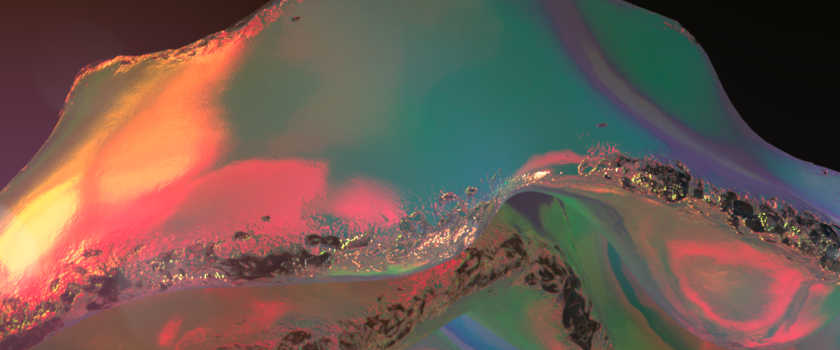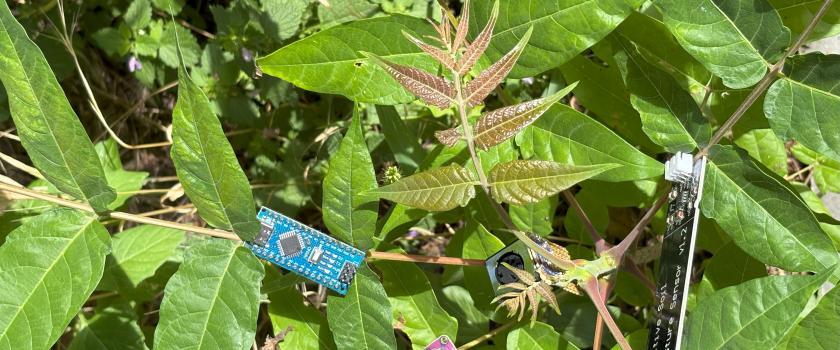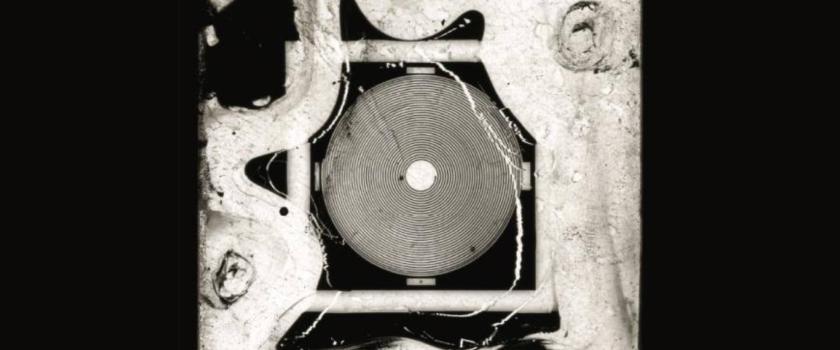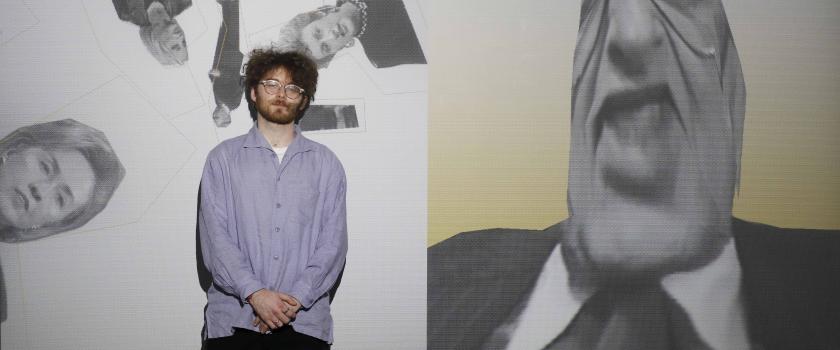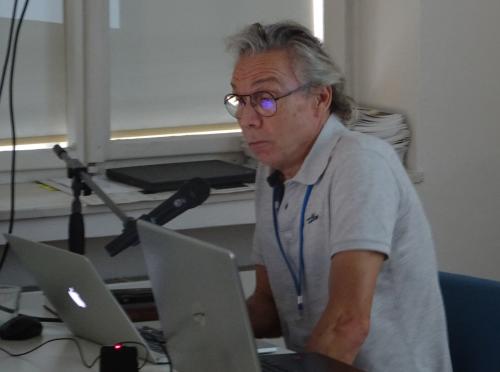Frédéric Curien
The processing of the Vasulka archiveBetween Conservation and Activation
The SLIDERS_lab (Frederic Curien, Jean-Marie Dallet) is a collective artists who had worked with Steina and Woody Vasulka since 2013. With them and also separatly this group proceed the processing of the Vasulkas archive following two strategies: conservation — update, creation of new entities — and activation — Reinterpretation as the exploration of the past from the present, devise other futures.
1 – Conservation
1.1 – Update and creation of new pictures
‘Update’ means the possibility of improving the original digital file quality by rewritting it with new softwares. In fact what could be consider as a mild transgression of the ‘original’ is an update or more an ‘actualization’ of the digital folder. I've used this strategy of conservation with two series of Woody Vasulka's artworks, Time/Energy Objects (1974) and Lucifer’s Commission (1981). I indeed have organized a production of three sets of twenty-three pictures of these images with the Liedts-Meesen Foundation (Ghent, Belgium) and Fresnoy Studio (Roubaix, France). The first part of this production allowed us to improve Woody Vasullka’s original files with a specific work on Adobe Photoshop software. This step prepared the development of two new photographies series with a Durst Lambda machine that have increased Woody Vasulka's artwork.
1.2 – Creation of a new archive place
VIM (Vasulka Interactive Multimedia, 2013-2019) is an interactive archive console organizing the navigation in a Vasulka’s database containing more than four thousand documents: texts, discussions, drawings, programs, catalogues, photographies, videos, and more. These documents are classified by creation and placed on a virtual cylinder that are all arranged one above the other building an archive tower. The viewer can turned these cylinders to the left or right from three touch screens placed vertically to consult the views. Then you had, again, three touch screens arranged horizontally on the furniture. The one on the far left showed an enlargement of the consulted image, the one in the middle showed a video of the creation, while the one on the far right presented a cartel with a title, the year of creation, the inventory number and more. There is also an internet connection that allowed anyone who is authorized to connect to the database and add informations.
2 – Activation
2.1 – Reinterpretation as a new fiction
In this case reinterpretation is a creative act that interrogate the original to move it in new fictional territories. Lucifer’s Commission (2015) belongs to this class. Three films were made using the images from the Time/Energy Objects and Lucifer's Commission series. Each are separatly projected on three big screens hanging and attaching with each other. The first is a journey to the confines of a universe with the passage inside a white cubic construction, a pixel lost in the universe. The second reuse the Time/Energy Objects serie’s images. These have been placed on two cylinders in rotation arranged one above the other. On the top one, an extrusion effect have been applied that gave the impression that the photographs were composed before our eyes. Then this global form have been duplicated and showed further into the virtual space and we then invented a path in these memory architectures using a camera whose trajectory had been programmed. The third is a carousel composed of photographs folded to form cubes. The carousel turns, the spectator passes through walls of images and the round of the different structures invites the observer to an endless journey as close as possible to the frame of Woody's images.
2.2 – Rearticulation of artistic thought
This rearticulation is also a reinterpretation from which one tries to understand the original. In our case, we wanted to interrogate how digital language and ALU (Arithmetic Logic Unit) logic supported by Woody Vasulka’s Syntax of Binary Images (1978) were potential carriers of new poetics. In time, we developped a multisensory fields of activity around the concept of ALU and tested the capacity of this artwork to generate networks of relation that interconnects different versions of it. First we created a video, Digital Vocabulary (2015), with the photographic plates of Syntax of Binary Images and placed them in a virtual space where a camera hovers over them, moving closer and then away again, transforming the whole into a landscape of data. Secondly the 256 forms of this film are captured in their movements and printed using a 3D printer and then left on a light table. The virtual becomes real and is incarnated in forms. Third we placed spectators in an interactive space where these movements generate the videoprojection of Boolean matrices with a soundtrack attached to them.
Frédéric Curien is a composer and sound artist, he teaches at the ÉESI and at the University of Poitiers. He runs the bassoon instrumental space Cartography project, and takes part in the Arcad program with the Acroe, whose aim is to integrate physical and theorical tools based on physical modelling into fine arts. Frédéric Curien develops the audio part of SLIDERS, a collective attempt of interactive cinema. The project is supported by the D.A.P., Research and Innovation department.He operates at the very junction of music and visual arts, on aesthetic quality of interactive sound and musical space in contemporary art. He takes interest in sound synthesis and composing environments, and produces music for film, concert and stage.
